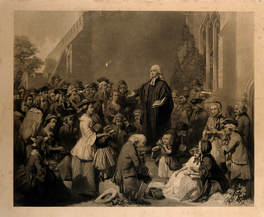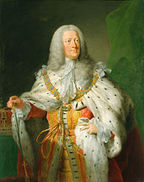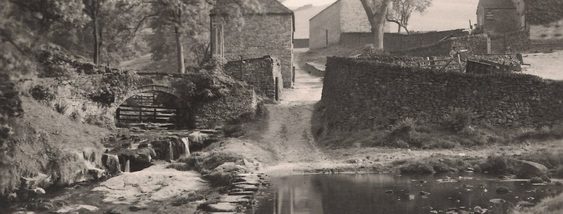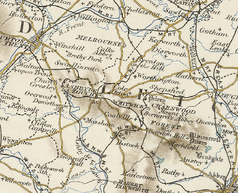Introduction
In Bristol on the 2nd April in 1739 Methodist preacher John Wesley spoke at his first open-air sermon. This new religion was unconventional, but it reached out to the likes of my ancestors, the coal miners, the factory labourers and those whose lives had been uprooted from their traditional village culture following the arrival of the Industrial Revolution. This new Methodist movement was preaching a new message of self-discipline and faithfulness it was just what the poor and working class of England wanted to hear. Methodism swept through the country and as it did so it left in its wake the old religion and it took with it the last of the Catholic monarchy.
The Catholic Stuart dynasty, which was replaced with that of the Hanoverians, ended with the death of Queen Anne on the 1st August 1714. Taking his place as the new king of England was George I the non-English speaking German from Hanover. George I’s reign was short, he governed for just thirteen years before suffering a stroke in 1727 while travelling in Holland, he left England in the hands of his son, also called George.
For the first twelve years of George II’s reign Britain was at peace, but after this, the country was always at war. A war with Spain followed the oddly named alteration - the War of Jenkin’s Ear, this was followed by the arrival on the Scottish shores of Bonnie Prince Charlie and his defeat at Culloden, and the strained relationship between Britain and America would eventually lead to the American War of Independence. In 1756 the Seven Years War began that allied Britain with Prussia, Portugal and others against France. Despite all these troubles Georgian Britain heralded the arrival of the aforementioned industrial revolution, it was a time of architecture, of music and invention - James Hargreaves invented the Spinning Jenny, Capability Brown, Christopher Wren and John Nash were constructing fine buildings, and Capability Brown was designing magnificent gardens. In the world of the arts James Thomson’s poem Rule, Britannia was set to music by Thomas Arne, even Shakespeare was once again being performed in London's theatres.
It was during that last four years of George II’s reign that the Underwood family could be found in the Leicester village of Coleorton.
Coleorton lies in the district of Charnwood. There are eight districts, including the City of Leicester itself that make up the County of Leicestershire. Charnwood takes its name from the Charnwood Forest an area that lies to the north of Leicester, it was the home of coal mines, the stocking frame industry and the home to one-quarter of my paternal ancestors. The villages in which my ancestors lived surround the forest. Lying on the forest’s north-west side are the mining communities of Thringstone, Whitwick, Swannington and Coleorton, to the north-east, are the towns that are associated with the framework knitting industry that of Loughborough, Syston and Wymeswold. Just over thirteen miles to the south-west lies Hinckley (a separate district that is combined with Bosworth) that too is associated with textiles.
Apart from the growth of these villages, this area looks much as it did as the 17th century faded into the 18th.The small villages of Coleorton, with the neighbouring villages of Thringstone, Whitwick and Swannington sit at the corners of a square that border the ancient coal seams, the excavations of which was once the lifeblood of Leicestershire’s economy and that of my Underwood ancestors - the family of my 5x great grandfather William Underwood




